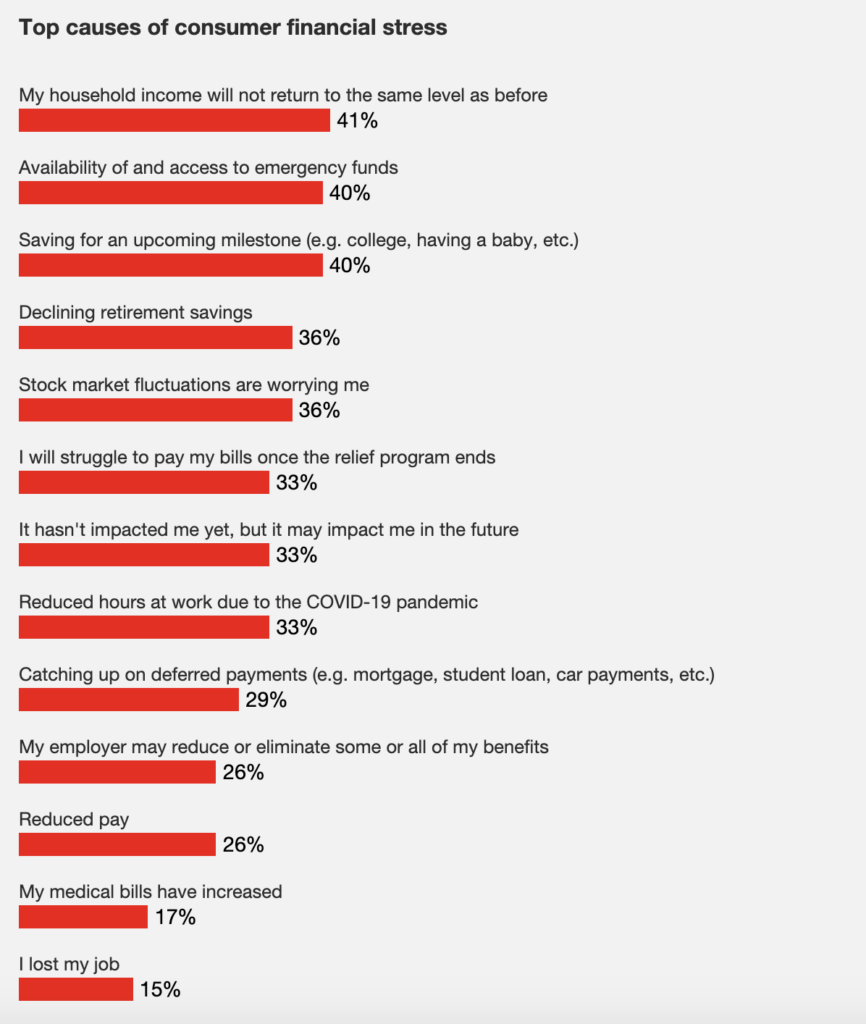Any consumer-serving organization knows how important both its customer experience (CX) and product development teams are. What the organization must also remember is how important the synergy between the two is.
There are many departments that keep an organization running smoothly, but two that must be in sync are your customer experience (CX) and product development teams. Your CX team has the most insight into your customers and, therefore, understands the challenges they face and that the product could solve. The most successful companies are the ones whose product teams leverage the CX team’s customer insights and drive brand loyalty.
Steve Jobs is quoted as saying, “You’ve got to start with the customer experience and work backward to the technology.”
Here are a few tips to ensure that your CX and product teams can work together efficiently.
Align on a common goal
Despite being two different departments and playing different roles in the company, the CX and product teams must align on a common goal: to solve customer problems and create an engaging customer experience by working together.
Having a shared goal leads to more efficient teamwork and guides fluidity across teams.
Have each other on speed dial
The CX and product teams must be in constant communication, filling in one another daily about how the customer is experiencing the product.
It’s a good idea for the two departments to connect regularly so that the CX team can share the insights they’ve gathered from customers, what drives customers to contact the company and what the general customer sentiment is when they contact the company.
Likewise, the product team must share details about product updates that are in the pipeline. This knowledge empowers CX teams to respond to answer customer questions, troubleshoot and retain customer trust.
See also: 3 Ways to Improve Customer Experience
Focus on the feedback loop
The feedback loop is a process in which customers’ experiences with the product are analyzed and shared with the product team to create a product that better meets needs.
The CX team must first develop a scalable system to granularly track and aggregate data about what drives customers to contact the company.
Although communicating with the customer opens a door of opportunity to improve their perception of the brand, most of the time, when a customer contacts you, it’s because the company or product has failed omehow. This failure point is where the feedback loop starts.
It is then up to CX team members to not only identify the underpinning reasons why customers contacted the company but to also provide such delightful experiences that customers feel more connected to the company than they did before. A great way to measure the latter is to request customer satisfaction ratings of that experience, taking particular note of the response rate to that survey itself. The customers who are most wowed by their customer experience (whether positively or negatively) are the ones who will take the time to respond to your survey.
The final part of the feedback loop is for the CX team to regularly share which parts of the product could be updated, to both reduce customer servicing costs and help inform and prioritize the product development road map.
Encourage a humanistic approach to business
Make sure your customer advocates embody empathy. They are the ones who are communicating with the customers and responding to their needs. Therefore, they must have the people skills to make the support interaction as pleasant as possible.
Entrepreneur Tony Allessandra puts this astutely, “Being on par in terms of price and quality only gets you into the game. Service wins the game.” Customer advocates are the face of the company and the first stop for your customers when something goes awry. It’s critical that they know how valuable their role is and that the company empowers them to genuinely meet customer needs.
Your customers’ expectations of their support experiences are different and may vary. Therefore, it’s critical to provide customers with various options. This can involve allowing them to connect with you through different channels, such as chat, email or phone.
See also: Elon Musk and Your Feedback Loop
As for the product team, they must continually look for ways to improve the product experience and recognize the expertise that the CX team has. This will ensure that they’re continuously learning and expanding both their product and customer expertise.
There are many benefits when your CX and product development teams are aligned on the type of customer experience the company aims to provide. Although the two teams have different day-to-day roles, they both play an important role in helping one another create a customer experience that inspires brand loyalty.












































